History Of the Whole Earth Catalog and The Birth of West Coast Publishing
The first west coast books to get major east coast publishing/distribution muscle
There are periodic waves of interest in the Whole Earth Catalog. Lately, it seems as if millennials have sensed that things happening in the ‘60s and ‘70s were in tune with some of their present-day interests. In my experience, the millennials (ages 29-44) are different from their predecessors, Generation X (ages 45-60). This coincides with young people contacting me with questions, as well as lots of requests for interviews and visits of late.
So I thought I’d describe the impact of the Whole Earth Catalog back in those days, and its role in the birth of west coast publishing in the late ’60s — so that if you’re interested, it will hopefully connect some of the dots.
It was 56 years ago (egad!), a cold, dark, early December evening when I walked into a semi-vacant storefront in Menlo Park, California. A sign out front said “Whole Earth Truck Store,” but there was no truck, no store, just an army-camouflage VW bus and Stewart and Lois Brand and a ton of books piled around in the back room. (I remember Lois saying, “Stewart, you’re buying too many books!)
I was a dropped-out San Francisco insurance broker turned carpenter. I was about 10 years older than the inspired and visionary kids who were moving and shaking up America at the time, but I’d got the message and in a few years preceding that evening had quit my job as San Francisco insurance broker and latched onto many of the elements that were fueling the cultural, metaphysical and epochal revolution of the times.
I had just built a homestead, then a geodesic dome workshop in Big Sur, was tending a garden, listening to rock & roll, smoking weed, making weekend trips to Haight Ashbury, reading The Owner-Built Home, J.I.Rodale’s Organic Gardening & Farming Magazine, The Oracle, The East Village Other, The LA Free Press, The Dome Cookbook, The Green Revolution, getting food by mail from Walnut Acres, listening to Buckminster Fuller and Marshall McLuhan, discovering B.B. King, Ali Akbar Khan, Buddhism, Alice Bailey, astronomy, astrology, prisms and Ashley automatic stoves, learning about ferrocement, wind electricity, solar heating — a blizzard of knowledge and concepts suddenly discovered by young people. It wasn’t that these things were new, but they were new to the boomers (and me), and seized upon with gusto. Kapow!
People were writing me in Big Sur for dome building instructions — I had the math for strut length and dihedral angles — and I started responding. Pretty soon I realized I was writing the same letter over and over.
Having run a base newspaper in the Air Force, I had a journalistic bent, and thought: why not print up a form response, and while I’m at it, why not throw in what I’ve learned about organic gardening and all the things listed above? That way, I wouldn’t have to write every person individually.
Stewart saved me the trouble. He had more information, a game plan, the financing, and went on to publish the first Whole Earth Catalog in fall ’68. (I still have that crude, funky and by now tattered first edition—one of my treasured books.)
It was an instant hit. Contributing to this were Stewart’s pithy haiku-like reviews, and very accurate and complete access information on all the books and items reviewed. And no advertising!
To go back a bit further while still in this “credit-where-due” mode, the Dome Cookbook by Steve Baer in early 1968 gave me the first flash of insight. By God, I could do a book like this! Funky typewritten text, grainy photos, handwritten afterthoughts in the margin—just do it!
Stewart was also obviously influenced by this 11″×14″ staple-bound account of Baer’s mathematics and the building of chopped-out car top domes in Colorado and New Mexico. It sold for $1. A break-through book of the ‘60s.
At the WEC I learned about typesetting, design, editing, on-the-spot paste-up and dealing with printers. Stewart loaned me his production tools (including an IBM Composer) and in 1970 I published Domebook One and a year later Domebook 2, both with my friend Bob Easton, and found myself in the publishing business. It all began with Stewart, Hal, Annie, Cappy, Fred, and Steamboat and it led a surprising number of us into permanent publishing careers.
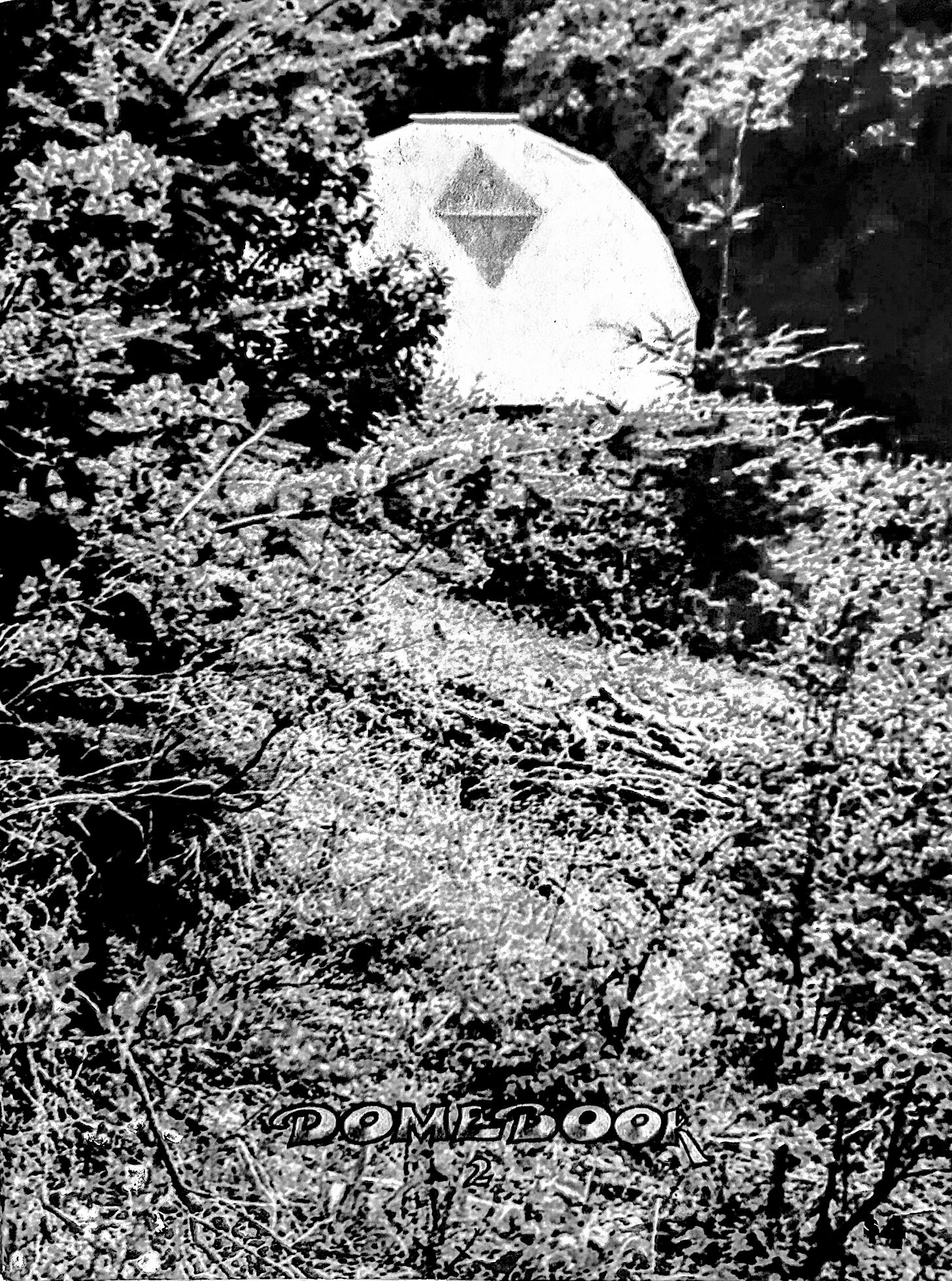
That’s the personal and specific of it. The general and significant of it is (was) the birth of nationwide distribution of West Coast books. When the Fall 1969 WEC sold 100,000 copies in four weeks, New York’s attention was got.
New York meant major distribution muscle. Agent Don Gerrard signed the WEC up with Random House, then under editor-in-chief Jim Silberman’s lead, and I followed with Domebook 2, starting my 30-year relationship with Random House as our distributor. Anybody’s Bike Book, Living on the Earth, The Tassajara Bread Book, The Massage Book, Shelter and others all burst onto the national scene in the late ’60s-early ’70s.
It was as if CBS had given a dozen homemade West Coast videos prime time. It marked the beginnings of Ten Speed Press, Shambhala Publications, North Point Press, Straight Arrow Publishing, Heyday Press, and Shelter Publications, among others. Until then, no West Coast books were getting major national distribution—books not conceived, edited or censored in NYC. It was a revolution, one greatly aided and abetted (and overlooked by the press) by what germinated in that Menlo Park storefront in 1967.


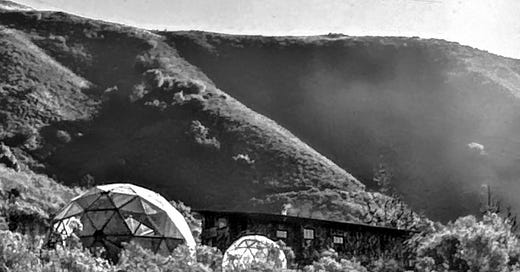



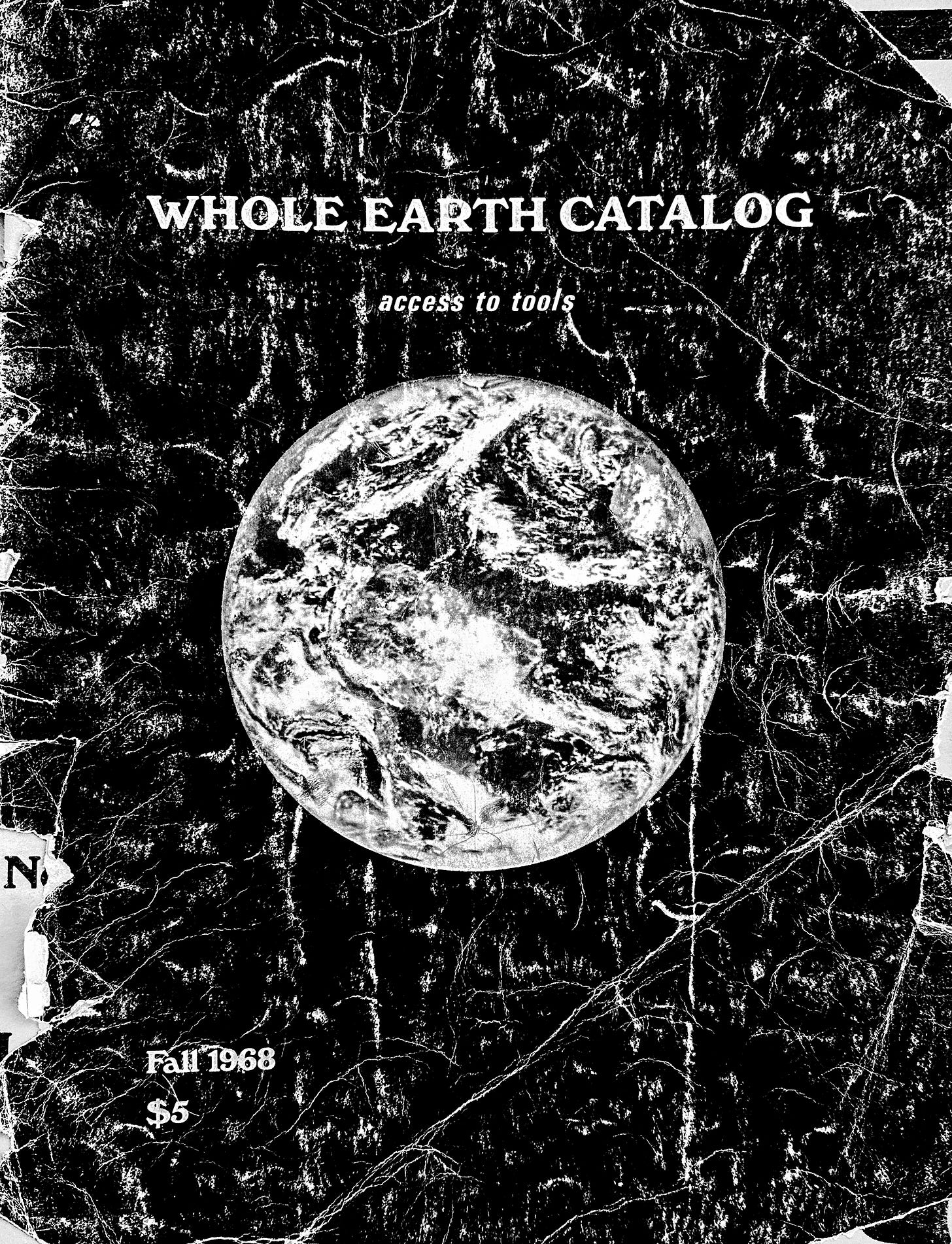
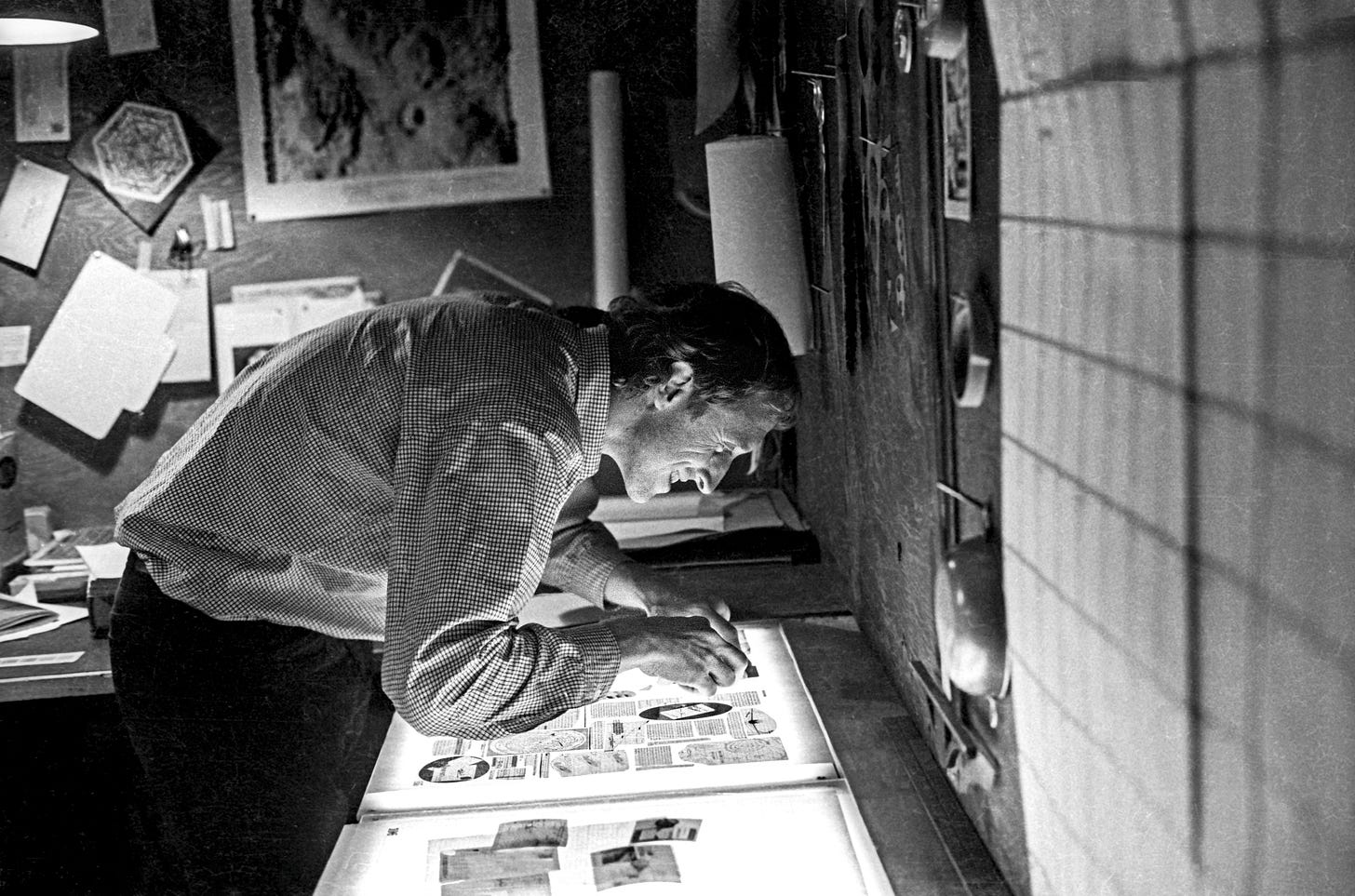
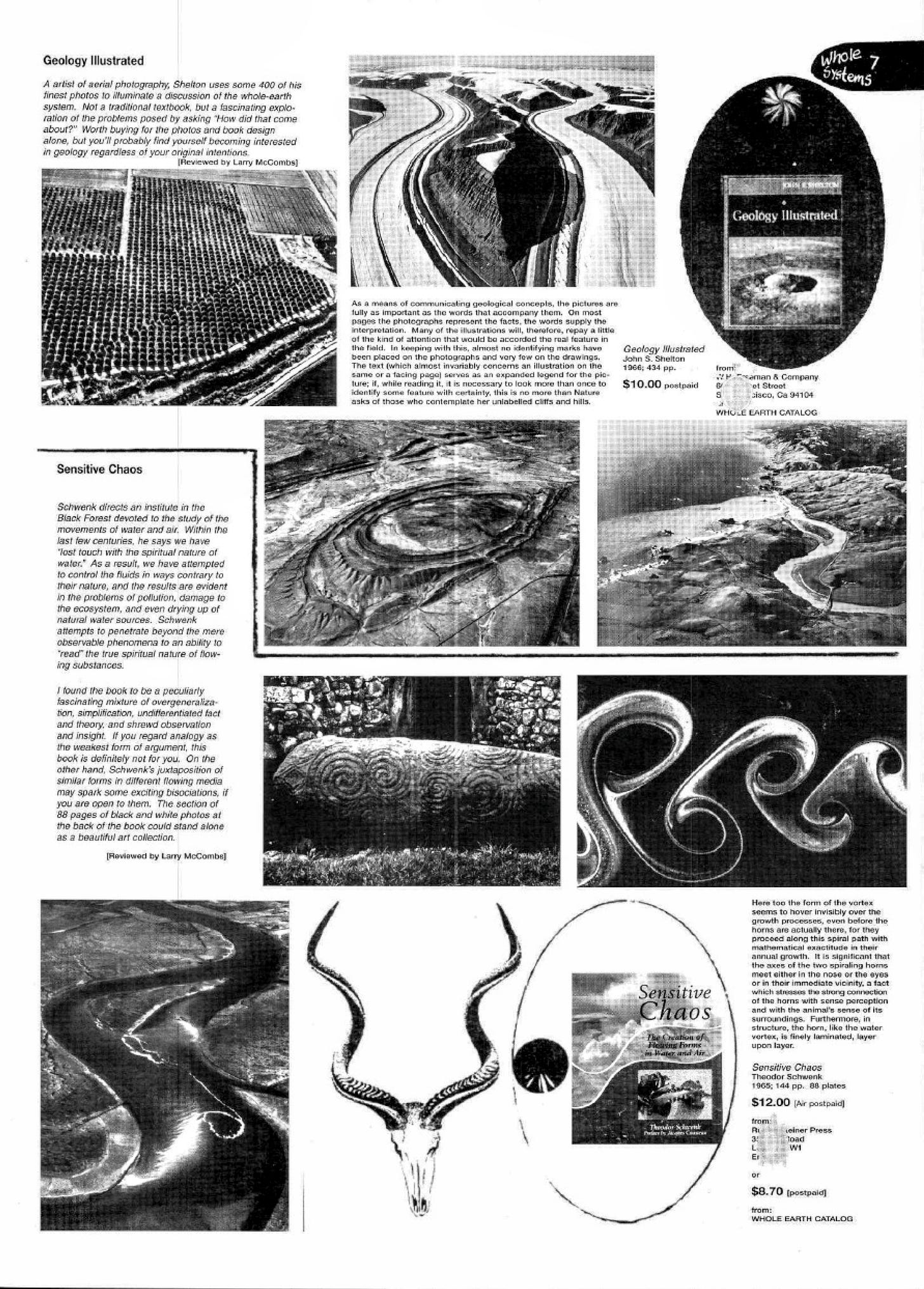
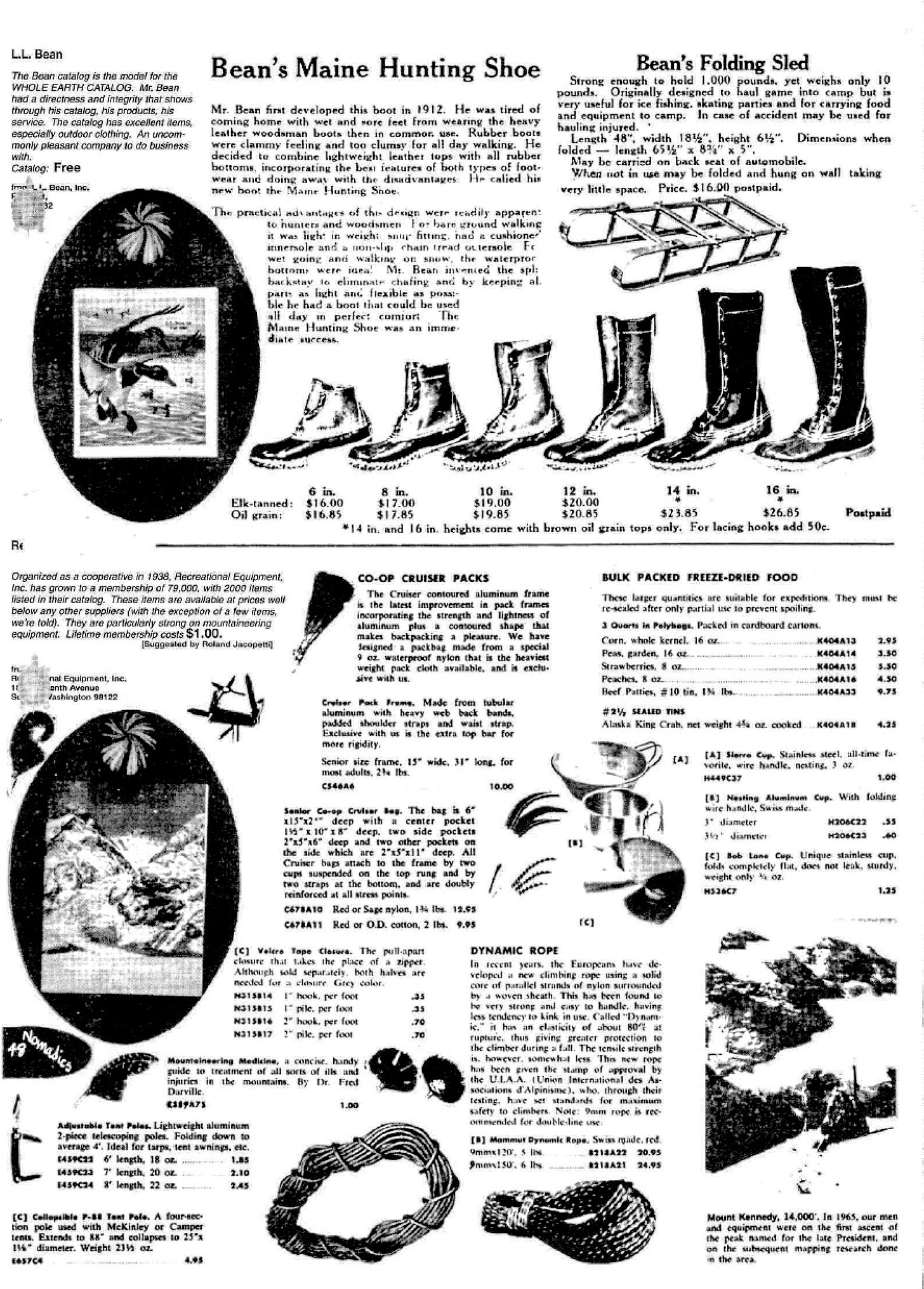
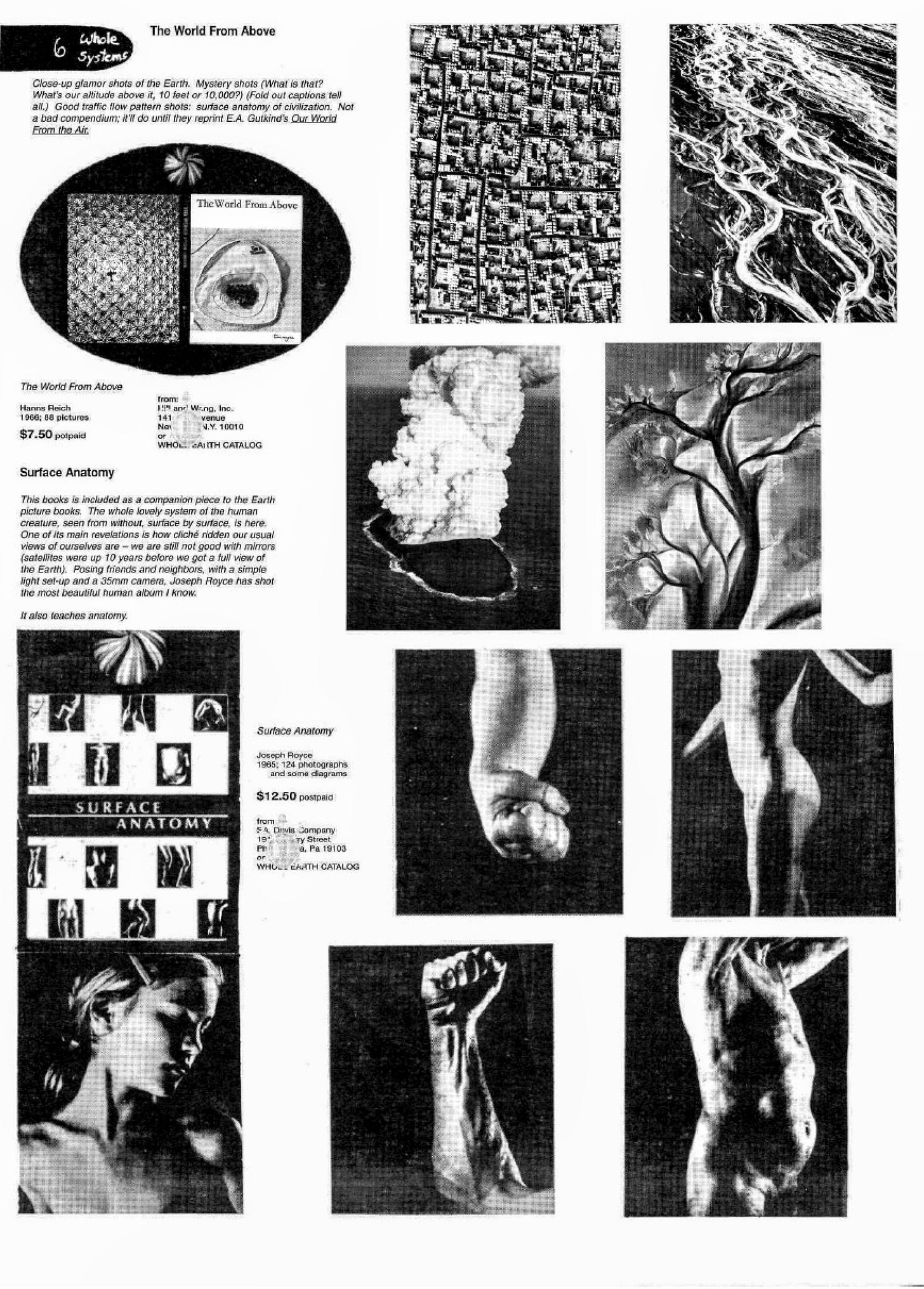
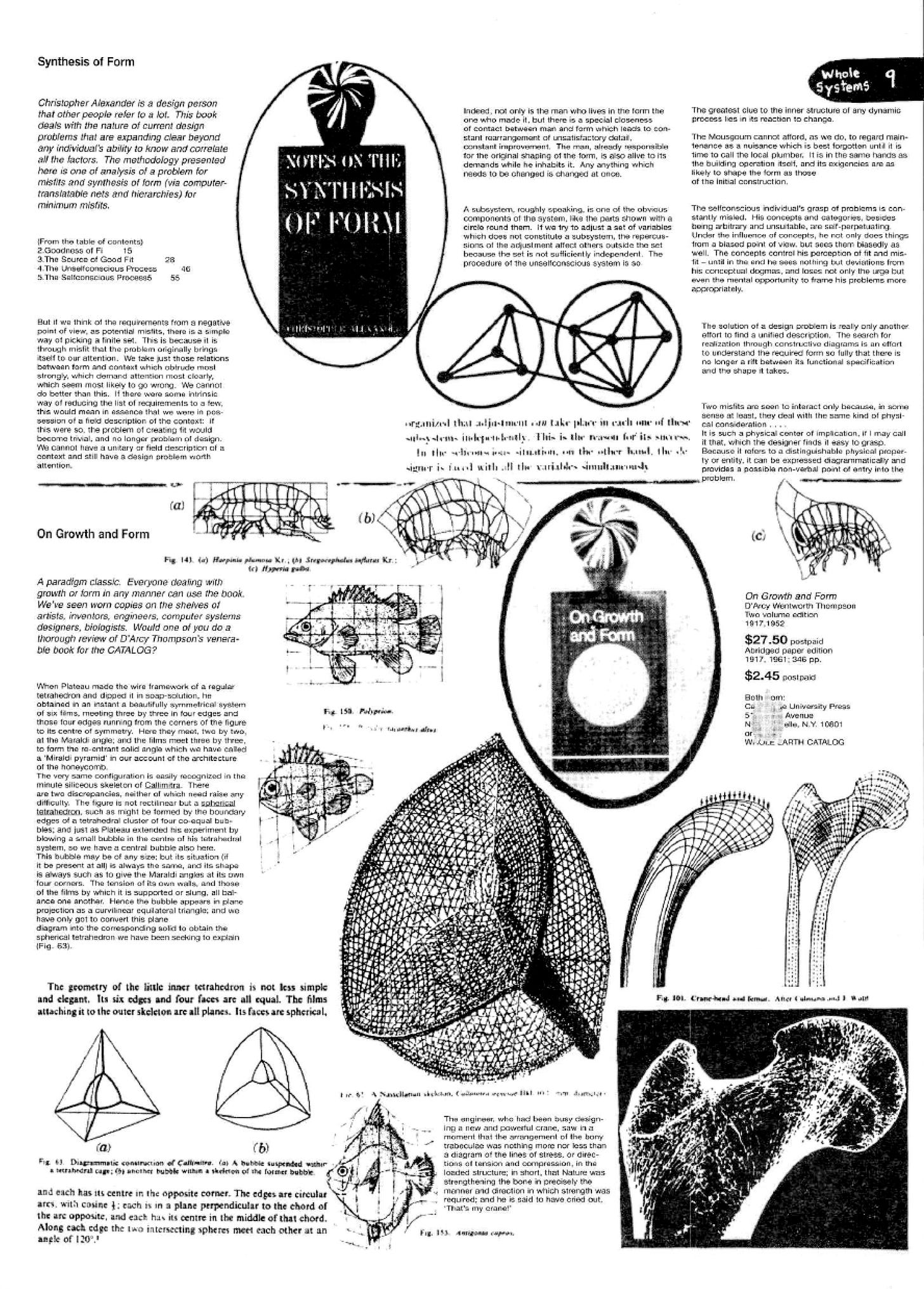
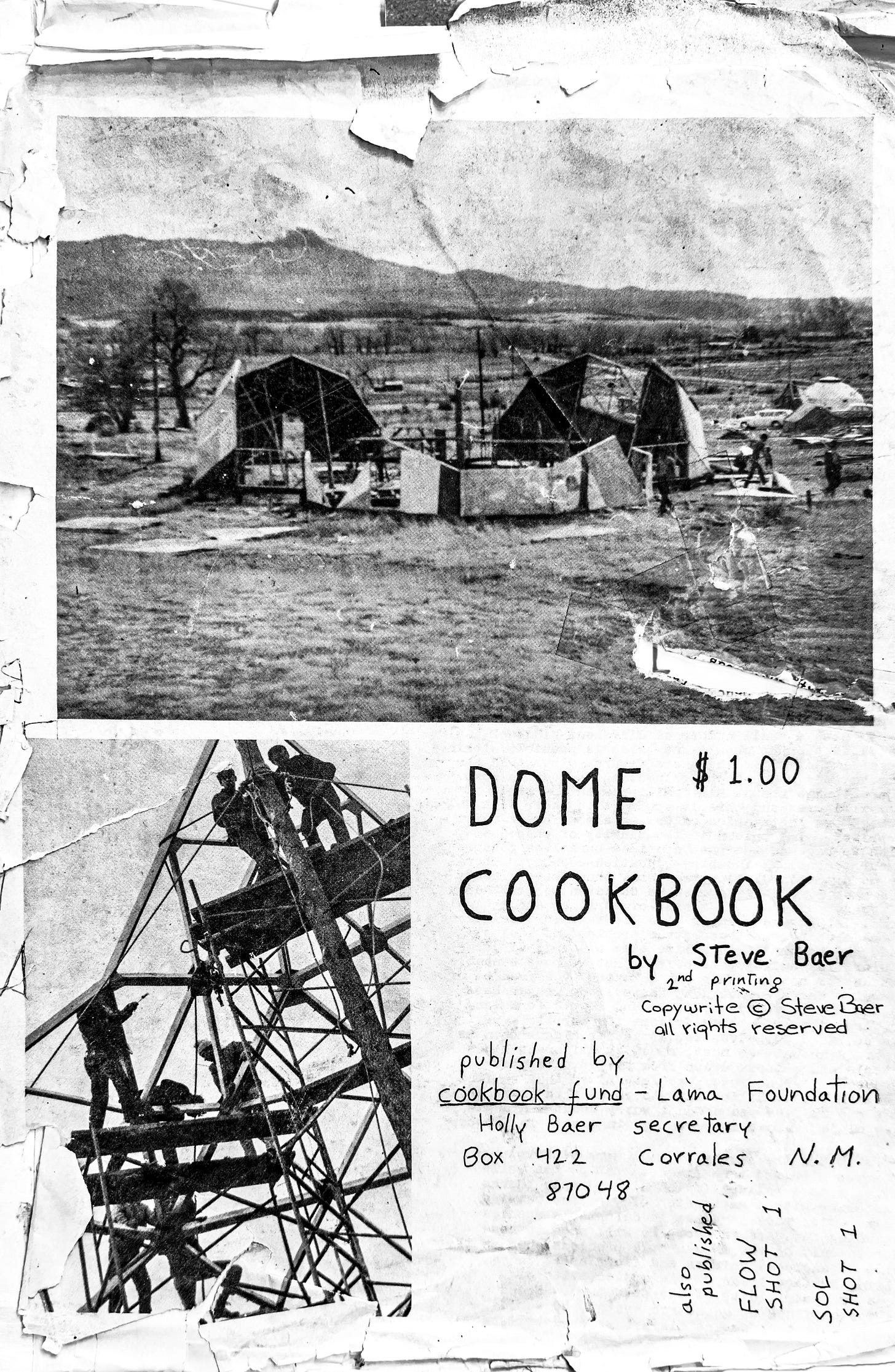

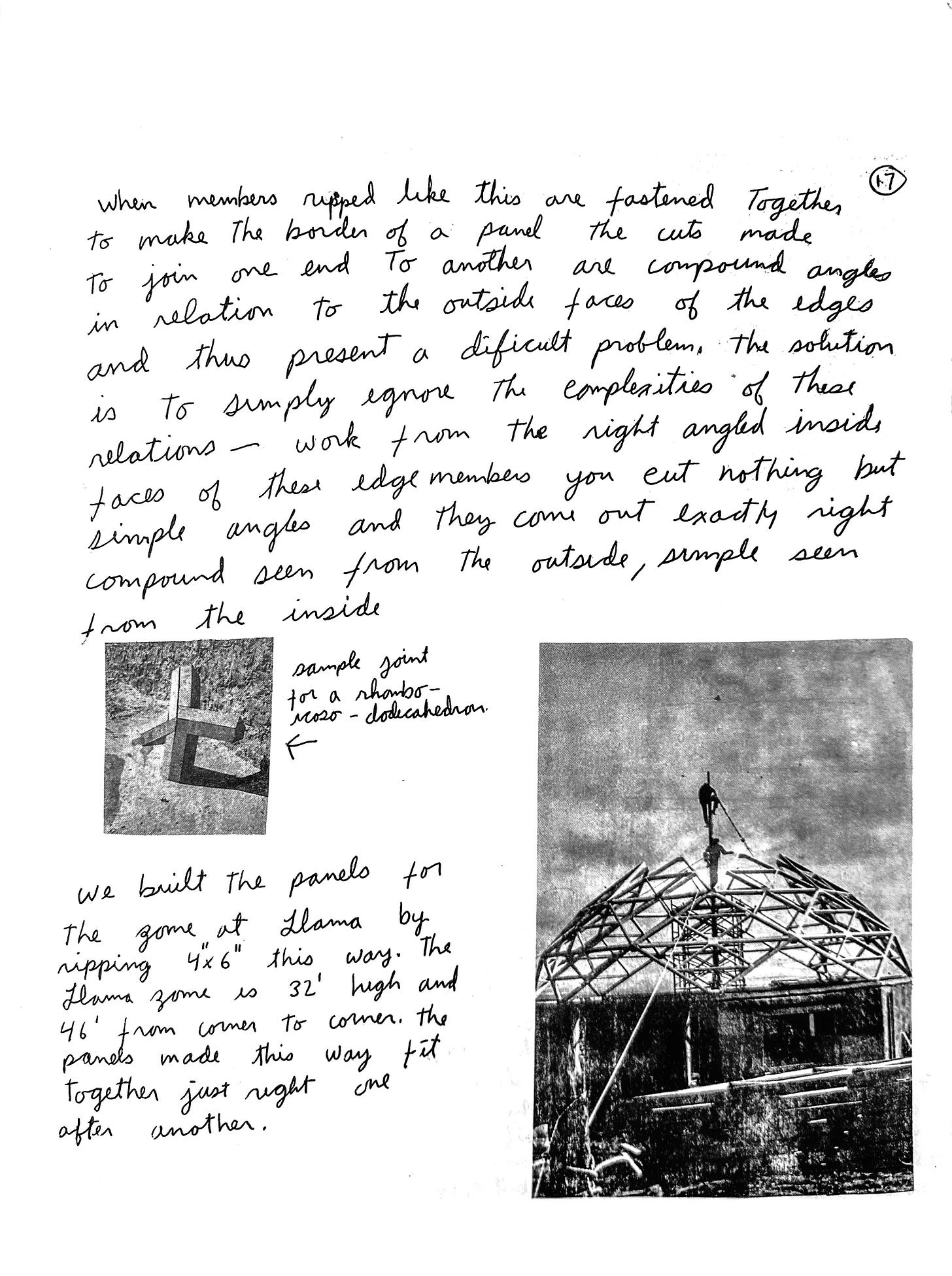
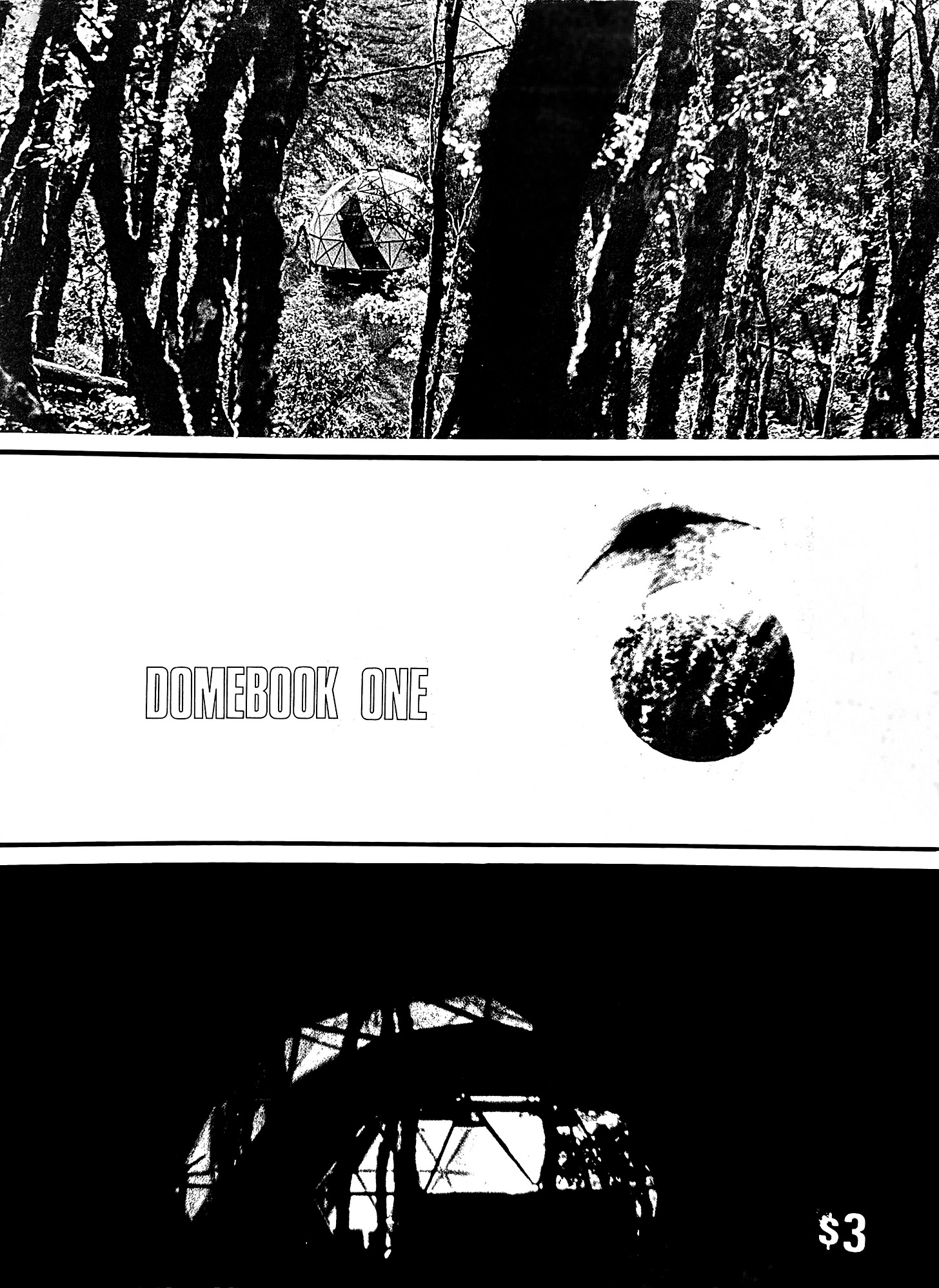
I'm a GenXer and have several of these books (all bought used of course) including Shelter, Living on the Earth (one of my favourite books ever), The Massage Book and the classic must-have Tassajara Bread Book. I've always felt like I was too young in the 70's to fully appreciate it.
I remember my parents giving one of my brothers the Whole Earth Catalog, when he was maybe eleven, around 1970. The rest of us were envious but he shared! Still surprises me that my parents picked that out but I'm glad they did.